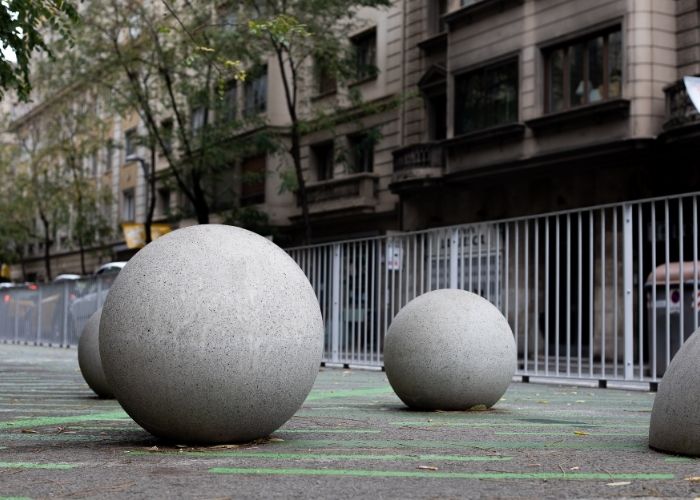MADRID – The Ministry of Ecological Transition has put forward a plan to change urban mobility in Spain for good. The measures provide additional income to invest in public and sustainable mobility.
The aim is to improve air quality and reduce CO2 emissions in city centres. An already known proposal is the introduction of toll systems for access to certain areas of some cities. This is the most controversial point in the plan. However, this time, the Spanish Minister for Ecological Transition, Teresa Ribera, is also proposing to change the parking rates.
Low Emission Zones
The government has prepared the document ‘Guidelines for the creation of low-emission zones’ under the new Climate Change Act. This continues to provoke resistance due to the various measures regarding cars. However, the ministry has taken a clear stance on protecting the environment in urban areas. Furthermore, it focuses on polluting emissions from means of transport. The aim is to create environmental zones in municipalities with more than 50,000 inhabitants. A comparable system is Madrid Central, now called Madrid 360. This is a low-emission zone in the centre of Madrid where only resident vehicles and vehicles with a valid environmental sticker are allowed to drive.
Increase parking fees
The ministry wants to implement an increase in parking rates. In addition, the introduction of an annual fee or tax is being considered, with costs depending on the vehicle’s emissions and whether or not the owner resides in the restricted zone.
Discouragement policy for coming to the city by car
Furthermore, the parking time in the relevant zones is limited to a maximum of one or two hours. Therefore, the measures should discourage motorists from coming to the city and encourage the use of public transport. The document even talks about “not allowing the use of a passenger car for the daily commute from home to work or school”.
Investing in sustainable infrastructure
In short, it is a plan to ban the most polluting vehicles from the city and at the same time raise a considerable amount for the state treasury and municipal coffers. The Spanish government wants to invest this extra income in a sustainable transport network that should eliminate the mobility problems in the major cities for good.


